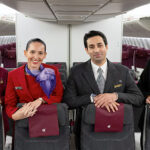
Virgin Australia: New CEO reveals approach by changing Boeing 737 Max order
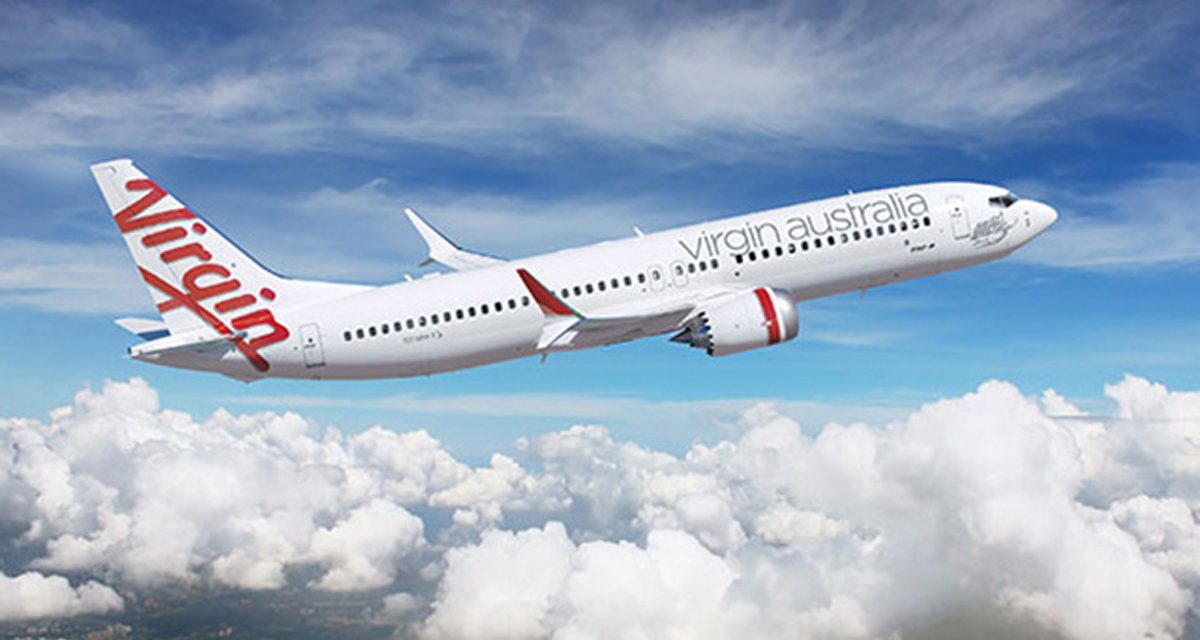
Paul Scurrah, Virgin Australia’s new CEO who started in the position only a month ago, has shown his hand in his first major public decision.
He is going for better returns for shareholders based on existing assets, rather than more asset acquisition according to an opinion piece by Stephen Bartholomeusz in the Sydney Morning Herald.
Given the difficulties with the new Boeing 737 MAX aircraft (two crashes apparently caused by anti-stalling software), Paul Scurrah has deferred by a year-and-a-half the initial delivery of the first of the 48 planes in the order. Instead of the first plane arriving in November 2019, it will now be delivered in July 2021 – and that will be a MAX 10, not the currently suspended from flying MAX 8 – which will be delayed until 2025.
Although the price of this order is not publicly available, the estimate is around AU$2.5 billion. Pushing it back on this timeframe is speculated to delay by 18 months a $1 billion delivery bill.
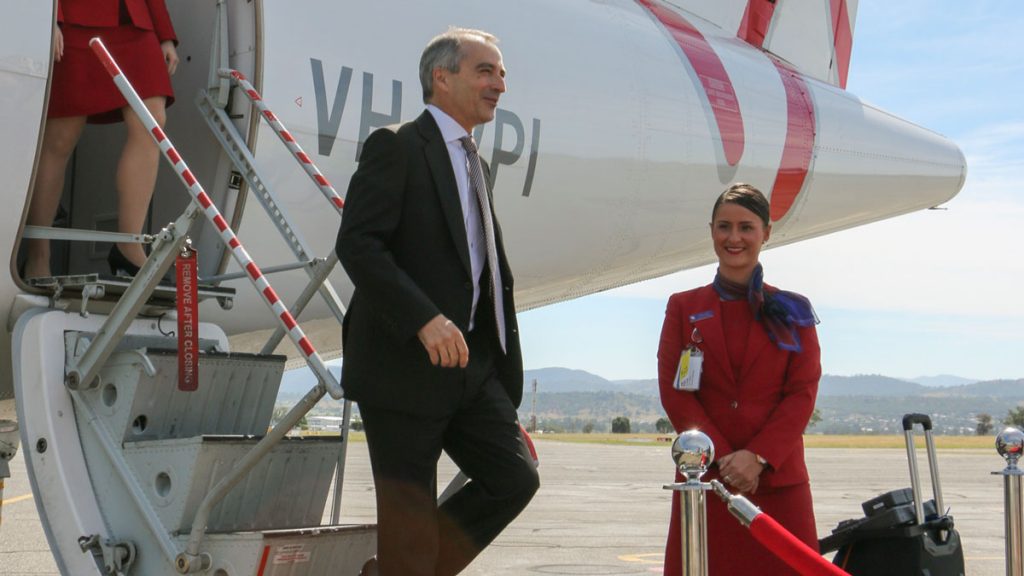
Content of this Post:
Stability rather than expansion
The previous CEO John Borghetti had stood by the order on the grounds that the new planes cheaper running costs would help its competition with Qantas. Scurrah’s decision shows that he believes he can improve the marginal profitability Virgin Australia has recently demonstrated by keeping capacity stable on existing assets. I think he’s also making a calculation that Virgin will still have a modern replacement domestic fleet before Qantas does – even with this delay (see later)
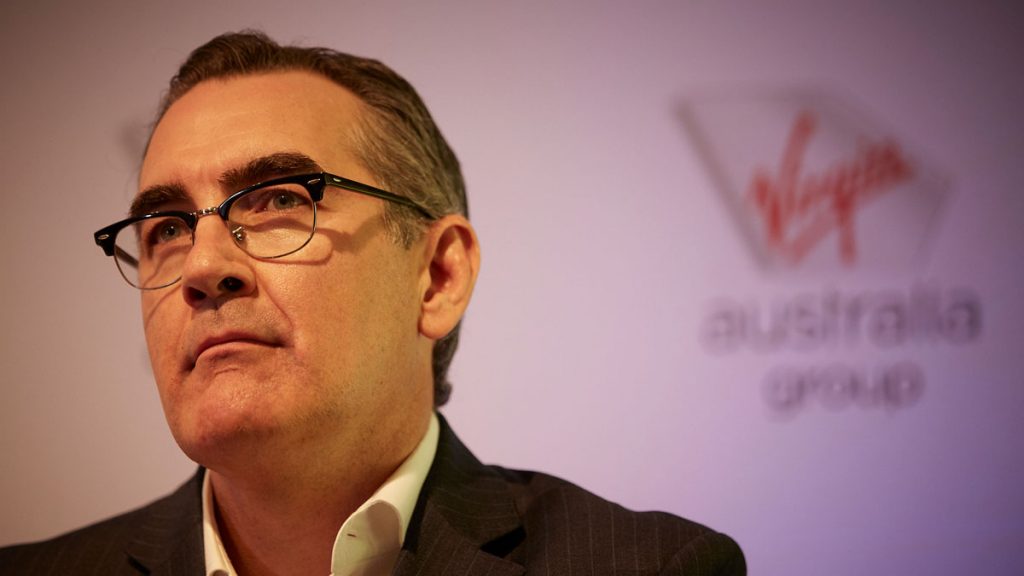
Delivery deferred and order changed to include MAX 10s
Virgin Australia is not only deferring the delivery but altering the order. Instead of all MAX 8s – the ones that have been crashing recently – it has changed some of the order to MAX 10s, which are yet to be developed.
The order for planes now stands at 25 MAX 10’s – starting delivery in July 2021, and 23 MAX 8s, which won’t be delivered until 2025.
What does the changed order mean?
The Boeing 737’s are the workhorses of domestic air travel in Australia, and around the world. Qantas has 75 (737-800s) of them, while Virgin Australia has the same number at 75 but two different types (73 x 737-800; 2 x 737-700s). If you are flying between any capital city pair in Australia, you will more than likely be on one of these narrow-body jets.
The new 737 MAX 10’s can seat a maximum of 230 – although more likely to be configured to seat 188 to 204 in a two-class set-up. They have a range of 6,110km (3,300miles). The MAX 8’s can seat a maximum of 210 – although usually configured in a two-class set up to seat 162 to 178. On the other hand, they have a longer range of 6,550km (3,550miles) – another 540kms (250miles) more than the MAX 10s. Both are more than up to the task of the longest Australian domestic route (SYD – PER = 3,280kms) and could do short haul international including New Zealand and Bali.
Virgin will end up with a more efficient plane, and with the MAX 10’s larger capacity – with an additional 26 seats (depending on configuration). That could out capacity Qantas – depending on what aircraft they decide on to replace their domestic fleet.
The main change is financial. The delayed order will push the billion dollar initial cost out by 18 months.
Instead of having a jump on Qantas with new more efficient aircraft domestically, and potentially greater per-aircraft capacity – it looks like Qantas and Virgin Australia will be adding replacement domestic aircraft at roughly the same time.
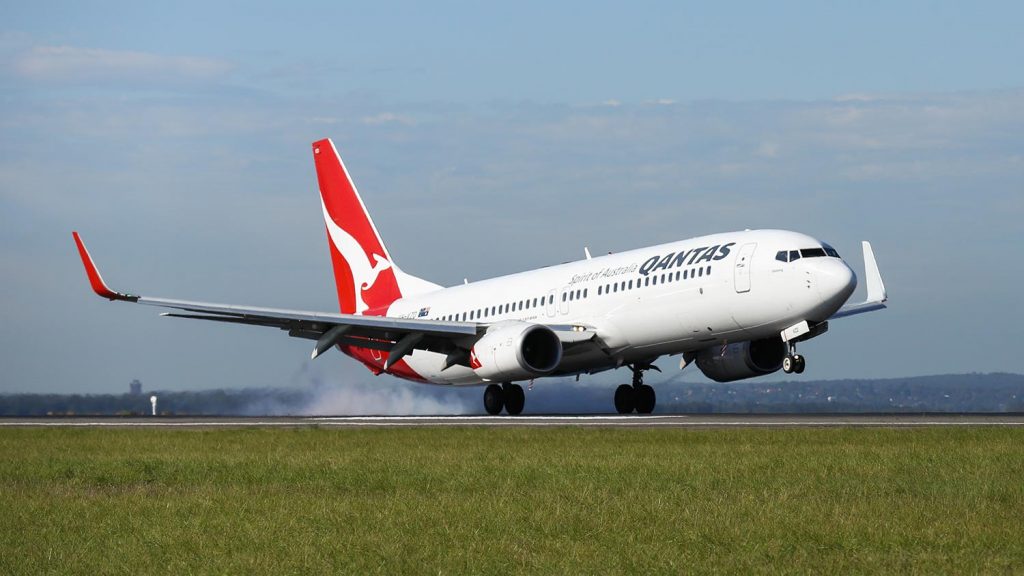
And where is Qantas in all of this?
Well, Qantas is keeping its powder dry. In February 2019 Reuters reported Alan Joyce saying:
“We will look at toward the end of this year and into 2020 a competition for our domestic fleet replacement for Qantas . . . We don’t need to make a decision until 2020.”
Alan Joyce, Qantas CEO
Joyce also revealed that they would not face the domestic fleet replacement options until after they had made the ‘Sunshine Project’ decision on long haul jets for the Sydney-London flights.
As a sidebar, we should note that Joyce also said that Boeing’s potential new mid-range aircraft (known by the industry as the ‘797’) would be part of the consideration along with the 737 MAX and the rival Airbus A320neo – which its budget offshoot Jetstar has already ordered.
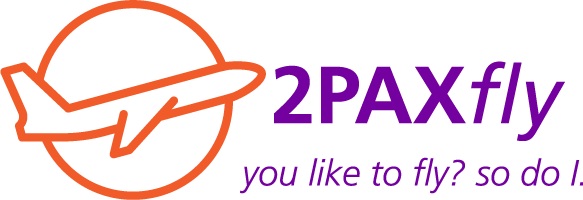
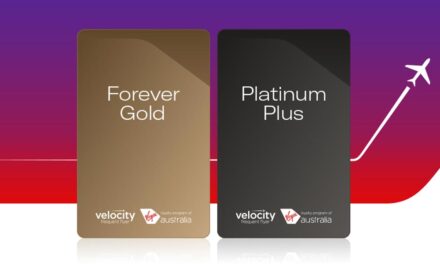
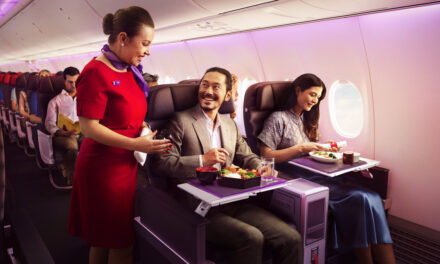
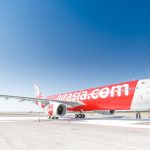

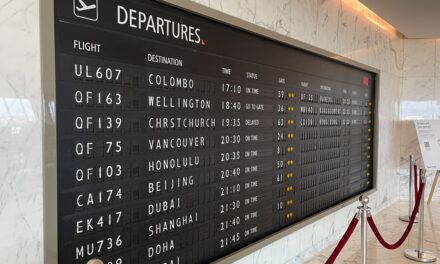
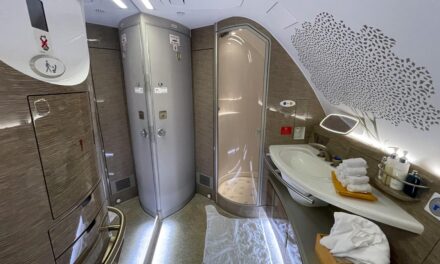
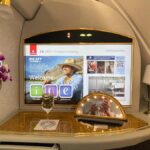
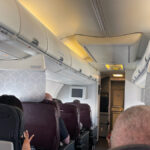



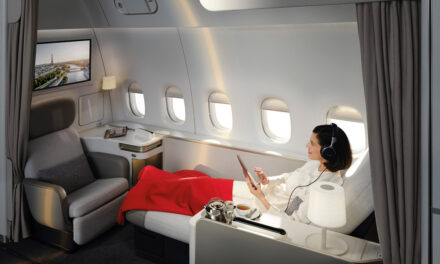
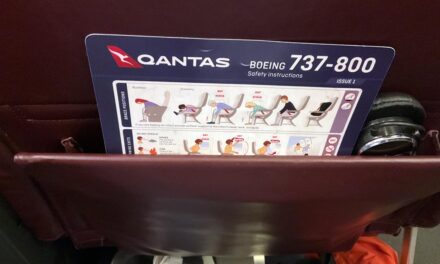
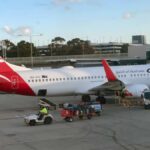

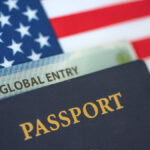

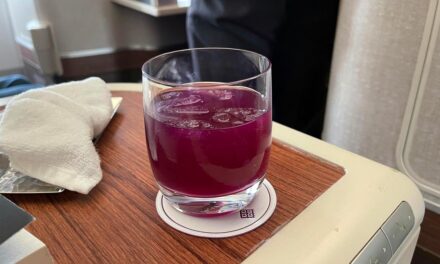
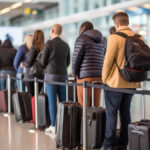
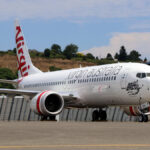
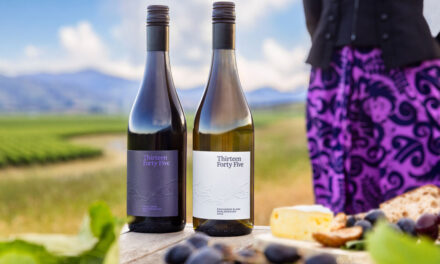
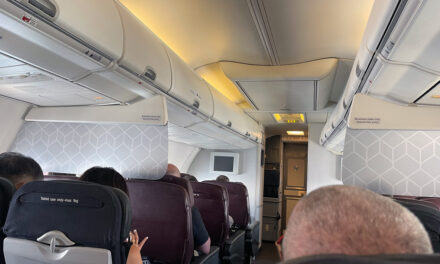



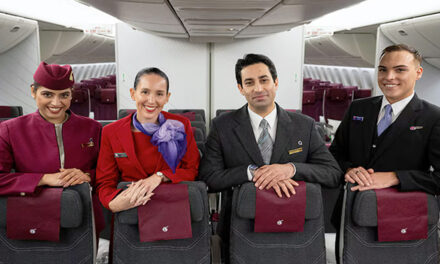
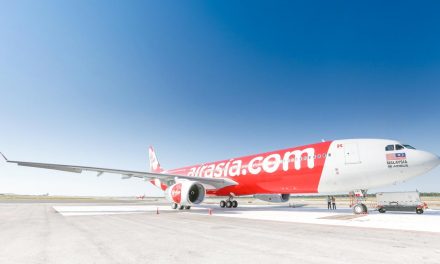




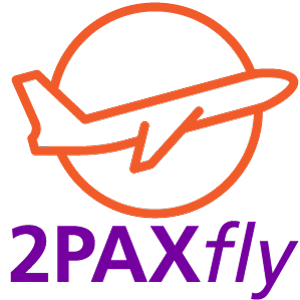
What did you say?